Unilateral work is when you work one side of your body at a time. Many exercises work the body bilaterally, that is, both sides together. It is important to perform unilateral exercises to help your weaker side build strength to enhance balance in your alignment, muscle development, and stability.
We all tend to have one side more dominant than the other due to being right- or left-handed. This leads to tightness and weakness in different parts of the body.
The single-leg squat will first highlight which side is weaker and which is stronger. Second, it will build strength and increase stability and your ability to balance. It will focus on your glutes, hips, and thighs.
Getting Started
Start with your feet hip width apart. Lift your right leg away from the floor to about 90 degrees. Place your hands on your hips to help maintain stability in your pelvis.
Inhale and bend your left leg as you lower your bottom and hips toward the floor. Exhale and stand tall again. Repeat this movement 12 times. Then change legs. You can do two to three sets on each leg.
Focus Points
Due to the nature of the exercise, you won’t be able to lower yourself as far to the floor as you would in a normal squat. At first, you may want to start holding onto a wall for balance. Eventually, as the supporting muscles around your hip strengthen, you will be able to go deeper into the squat.
Imagine your hips are a set of headlights— you need to keep the lights shining straight ahead, not tilted. This will help you keep your pelvis neutral and aligned.
Keep your deep core muscle engaged to help your balance. Place your fingertips at the back of your bottom where it meets your thigh to help the muscle connect and switch on.
Emma-Kate Stampton certifies Pilates instructors and is a certified personal trainer. She is based in Brisbane, Australia.
The Epoch Times publishes in 35 countries and in 19 languages. Subscribe to our e-newsletter.

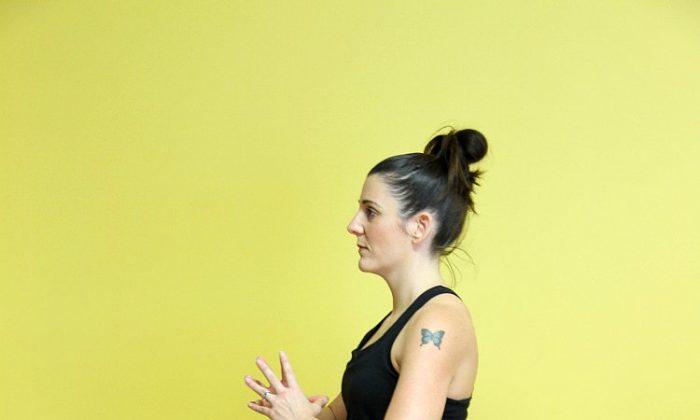
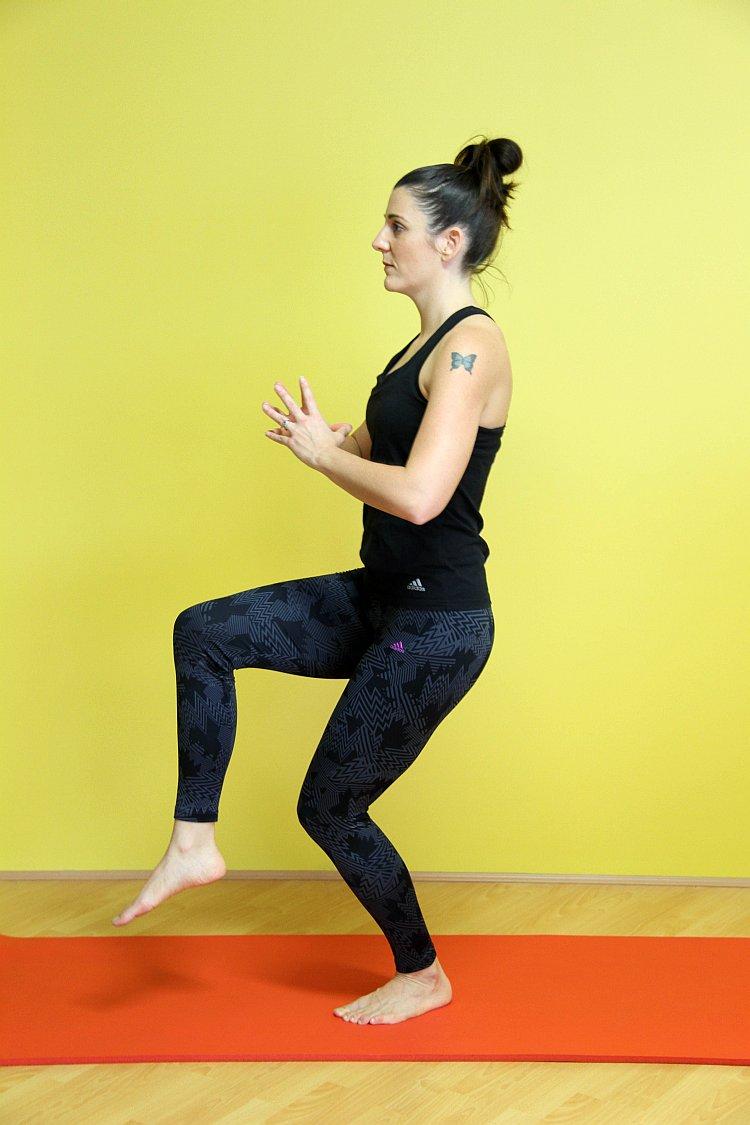
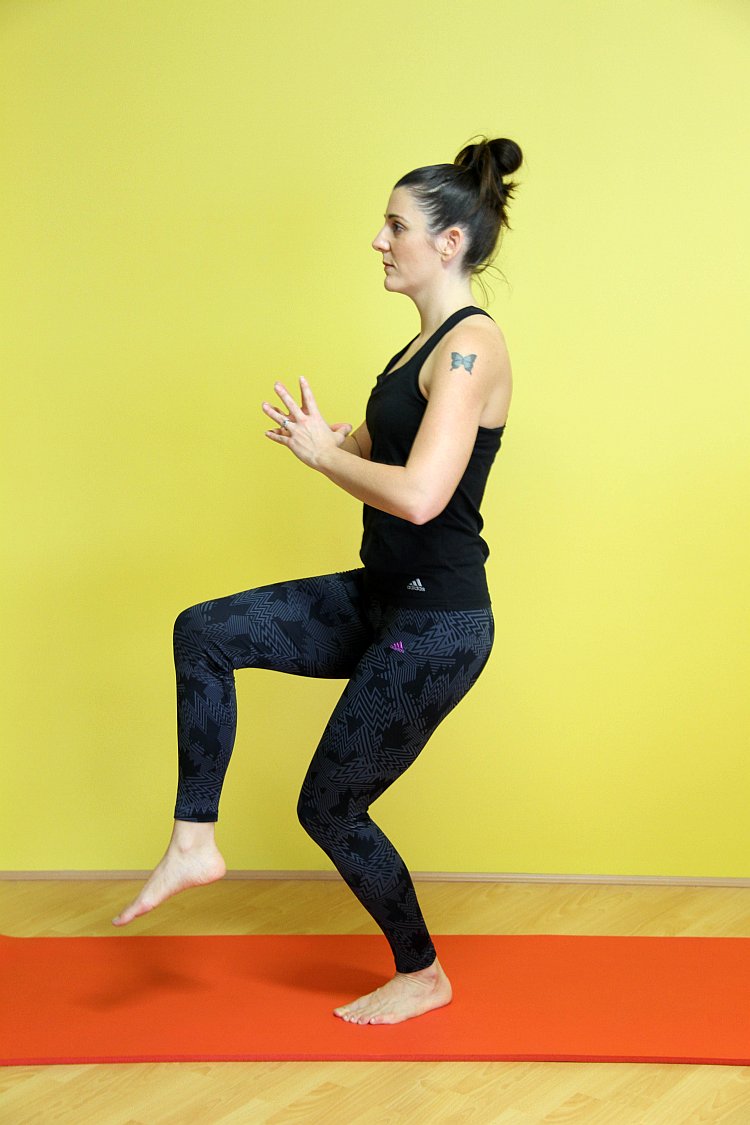
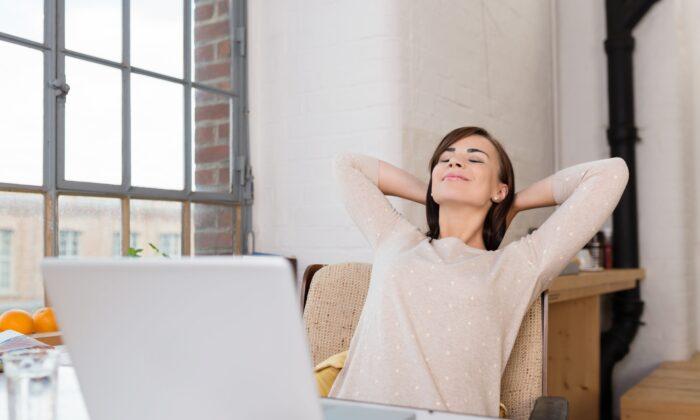

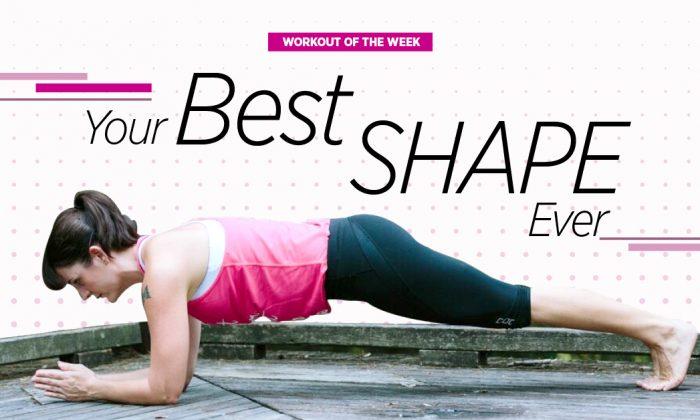
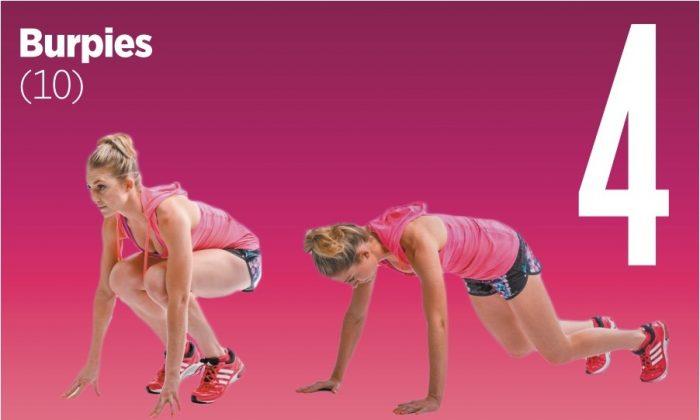
Friends Read Free